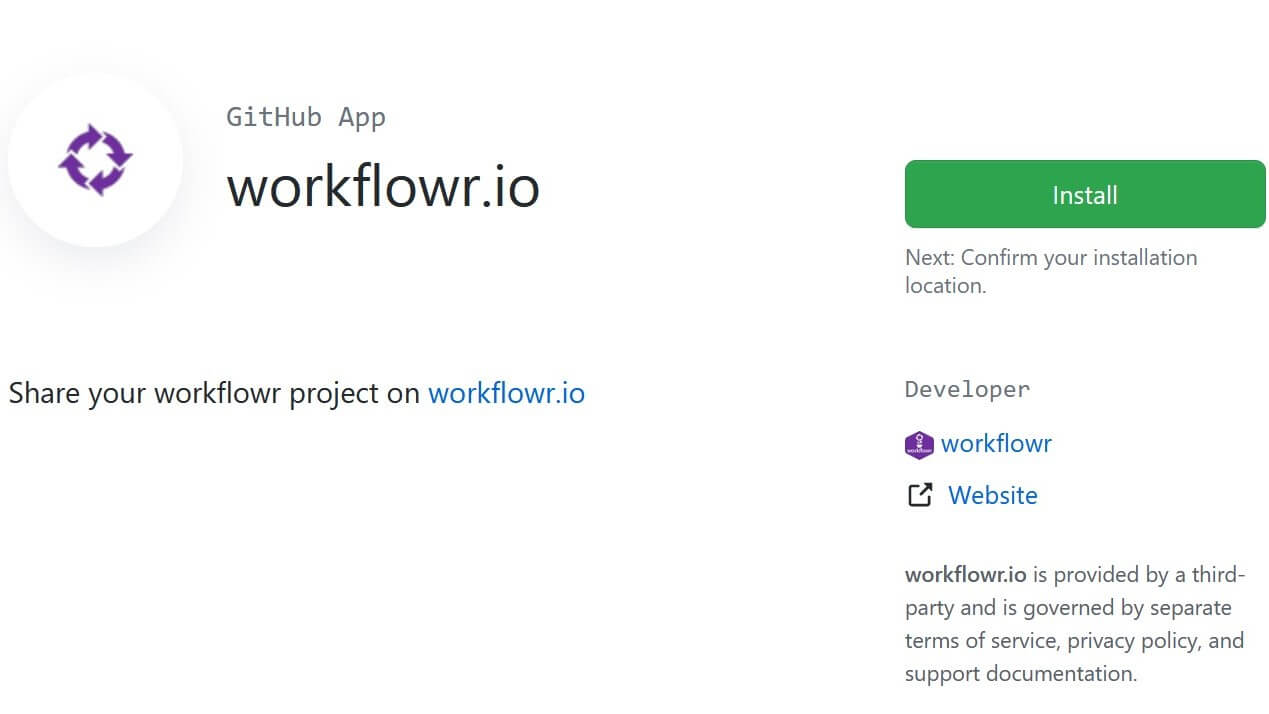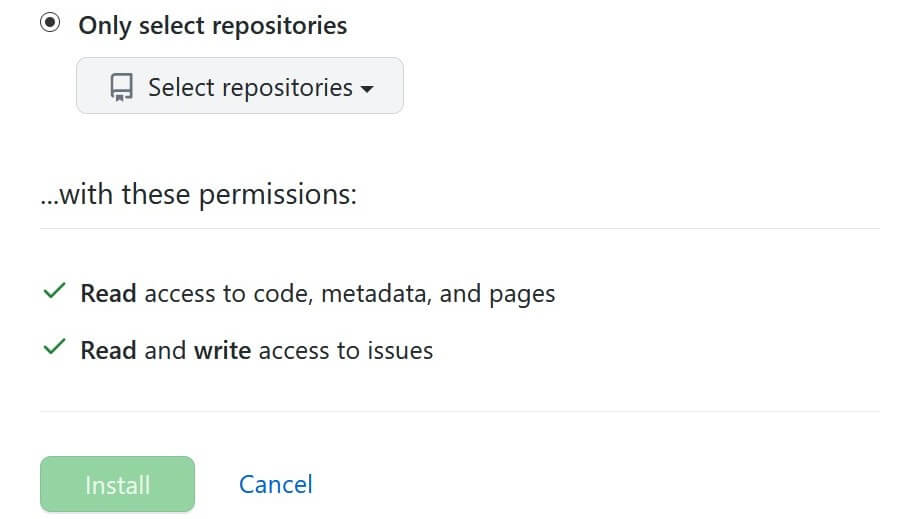Documentation
How to use this site
Table of contents
Last updated: 2021-01-27
Search for projects
Organization
The projects are organized by the hosting platform, user name, and project name. The organization is hierarchical, so each section lists the available projects nested below it. Some concrete examples:
- /projects/ - Lists all workflowr projects available on workflowr.io
- /projects/github/ - Lists the workflowr projects hosted on GitHub
- /projects/github/jdblischak/ - Lists the workflowr projects by GitHub user jdblischak
- /projects/github/jdblischak/fucci-seq - Main page for workflowr project fucci-seq
By topic
Some users have added topics to categorize their workflowr projects. This makes it easier to find projects you are interested in. The most popular topics are listed on the home page, but you can view all available topics at /topics/. Clicking on a topic will take you to a page that lists all the projects labeled with this topic, e.g. single-cell.
By publication
Some workflowr projects on workflowr.io are associated with published research. Go to Publications to view the publications with results that are supported by a reproducible and transparent workflowr project.
Search bar
The navigation bar contains a search bar powered by DuckDuckGo. When you use the search bar, you will be redirected to DuckDuckGo’s website with the results of your query limited to workflowr.io.
If you’d prefer to use a different search engine, you can use one of
DuckDuckGo’s convenient bangs. For example, if you add !g to your search
query, you will be taken to Google, and if you add !b, you will be taken to
Bing.
Add a project
Install GitHub App
In order to add your workflowr project to workflowr.io, you need to install the workflowr.io GitHub App for the specific repositories that you want to share. Installing the GitHub App is quick and convenient.
-
Go to https://github.com/apps/workflowr-io and click Install

-
Choose the GitHub account that contains your workflowr repository
-
Do not install the app on all of your repositories. Instead choose “Only select repositories” and click on the workflowr projects you want to share on workflowr.io. Then click Install.

The permissions requested by the app are minimal. It requests read access to publicly available data about your repository (see the section Privacy below for more details). It requests write access to your GitHub Issues. This will only be used to notify you of any problems with your workflowr project.
Edit description
The description of your workflowr project is obtained from the Description section on GitHub. Whatever you type there will be reflected on workflowr.io. If your repository doesn’t have a Description on GitHub, then workflowr.io creates the description using the following pattern:
The workflowr project <project name> by <user name>
Add topics
The topics assigned to workflowr projects on workflowr.io are obtained directly from the topics you assigned to your GitHub repository. We highly encourage you to add topics to make it easier for others to find your project both on workflowr.io and GitHub.
Add a publication
The workflowr projects shared on workflowr.io are not required to be associated with a publication. However, if your workflowr project did result in a publication, please share! All you need to provide is the DOI.
Please open an Issue on GitHub to provide the DOI for the publication and the associated project(s).
Remove a project
To remove one of your projects from workflowr.io, you can uninstall the workflowr.io GitHub App from the repository.
There are two ways you can access the configuration for the GitHub App:
-
Go the the Settings for the repository and then navigate to the menu for Integrations
-
From your user home page, go to Settings and then navigate to Applications
Regardless of which method you used, next click Configure for the workflowr.io
GitHub App. You can choose to uninstall the app for one or more repositories by
clicking on the X next to their name. To remove the app from all the your
repositories it was installed on, click the button at the very bottom to
uninstall the app from your account.
About this site
Purpose
The goal of the workflowr R package is to make your data analysis projects more organized, reproducible, and shareable. The purpose of workflowr.io is to increase the discoverability of workflowr projects. Currently, most readers will find your workflowr website only if you directly send them the URL or if you include the URL in your published manuscript. By curating workflowr projects, workflowr.io makes it easier for other interested readers to find your reproducible results. In essence, it is promoting transparency and openness.
None of the workflowr projects are actually hosted on workflowr.io. Instead, it is a centralized directory of available projects to explore. The individual project pages provide links to the website and source Git repository.
Update frequency
This site is updated every 24 hours. If you (un)install the GitHub app or make any changes to your project, please check back in a few hours to see the update take effect.
Technology
This site was made possible by many different technologies. Highlighting a few of them:
- Bulma - CSS framework
- DuckDuckGo - Search bar
- GitHub API - Obtain metadata on workflowr projects hosted on GitHub
- Hugo - Static site generator
- Netlify - Deploy and host site
- R - Data management
- TinyPNG - Image compression
Funding
The workflowr project is grateful for support from the Moore Foundation and the University of Chicago.
Privacy
tl;dr We don’t collect any data on you.
For site visitors
We don’t collect any data on you. We don’t store any cookies. In fact, there isn’t even any JavaScript running on this site.
If you use the search bar, you will be taken to duckduckgo.com. However, they are a privacy-conscious company, and they do not store your search queries or track you.
The website is hosted on Netlify servers. We have no reason to believe they collect any personal information from you. See their Terms of Use Agreement for more details.
For workflowr users
The workflowr.io GitHub App only accesses publicly available data for your GitHub repository. In other words, any data displayed on workflowr.io is also easily accessible by browsing GitHub or querying publicly accessible endpoints of their API.
Miscellaneous
Getting started with workflowr
To start using workflowr, the best place to start is to go through the Getting started vignette. This will take you from zero to deploying a website. Once you are comfortable with the basics of the workflowr framework, you can read through the other vignettes. For example, if you already have an existing project that you would like to migrate to use workflowr, read Migrating an existing project to use workflowr.
Support for GitLab
Not yet. The initial launch of workflowr.io only supports GitHub because it is the most popular service for hosting workflowr projects. However, since workflowr also supports hosting projects on GitLab, we plan to add support for public repositories hosted on GitLab.